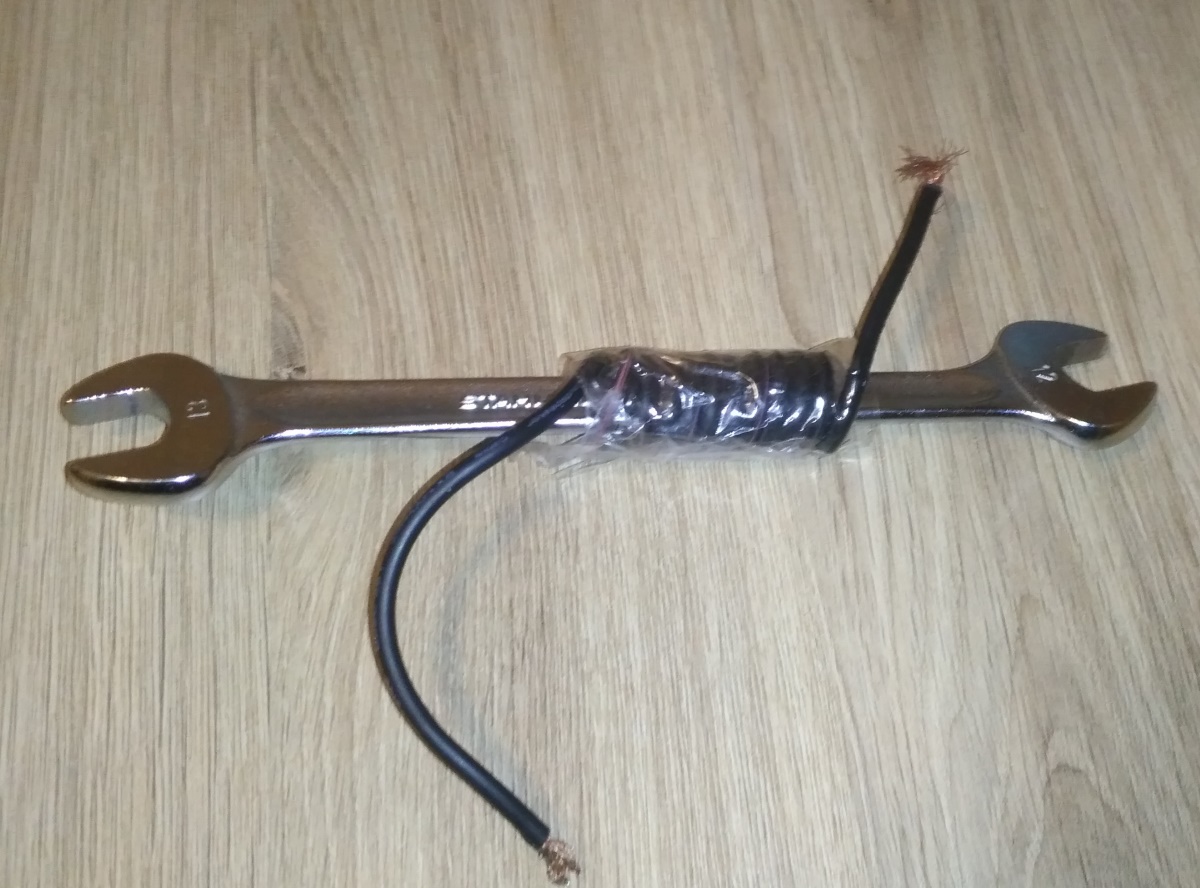To pick up some paperclips, your gigantic wire in the photo needs a current of roughly ten to thirty amperes. (You need 100 or 200 amp-turns.)
Much easier: don't wind eleven turns at 10 amps, wind 110 turns at 1 amp, or 1,100 turns at 100mA. All these give the same field-strength (the same value of amp-turns.) How many turns can you stand to wind, without going crazy? Maybe 500 turns?
Once you decide on the number of turns, then you can use your 6V and 500mA power-supply values.
For maximum magnetic field (max watts,) your total wire resistance needs to be 6V/0.5A = 12 ohms. If each turn of wire is 1-2 inches diameter, or 3-6 inches of wire per turn, then from the number of turns, add up the total wire length needed. Use a wire-gauge table to figure out what thickness of wire needed to give 12 ohms for the length you've chosen. Then, figure out the total weight (like, a half pound?) Buy more than that amount (buy enameled motor-winding wire, lots of it on Amazon.)
Either that, or just buy a half-pound of #30-gauge enameled wire. Wind a few hundred turns on an iron object. Hook it to a variable power supply, and crank it up until it gets somewhat warm, like five or ten watts. That's the simple way to produce a maximum field. To get higher field, you need to run hotter (with cooling fans.) That, or add more pounds of wire at the same wattage. Heavier total copper gives stronger fields, since it gives more amp-turns for each watt of resistive heating.
The rules: all electromagnets are limited by how hot they can get without being ruined (charred insulation down inside.) That sets a certain max wattage. Then, when operating at the max wattage, the total volume of the metal wire-windings determines the field strength. So, bigger electromagnets can produce stronger fields (without catching fire like smaller electromagnets would.) To double the field, just double the pounds of copper used.
For any given power, ten pounds of copper wire will quite literally give you ten times stronger fields than one pound of copper. The magic rule! Also it's the fundamental reason why a 10-horsepower motor is bigger, it's why a ten-kilowatt transformer is bigger. (However, you can cheat by using iron core designs, or liquid cooling pipes.)

